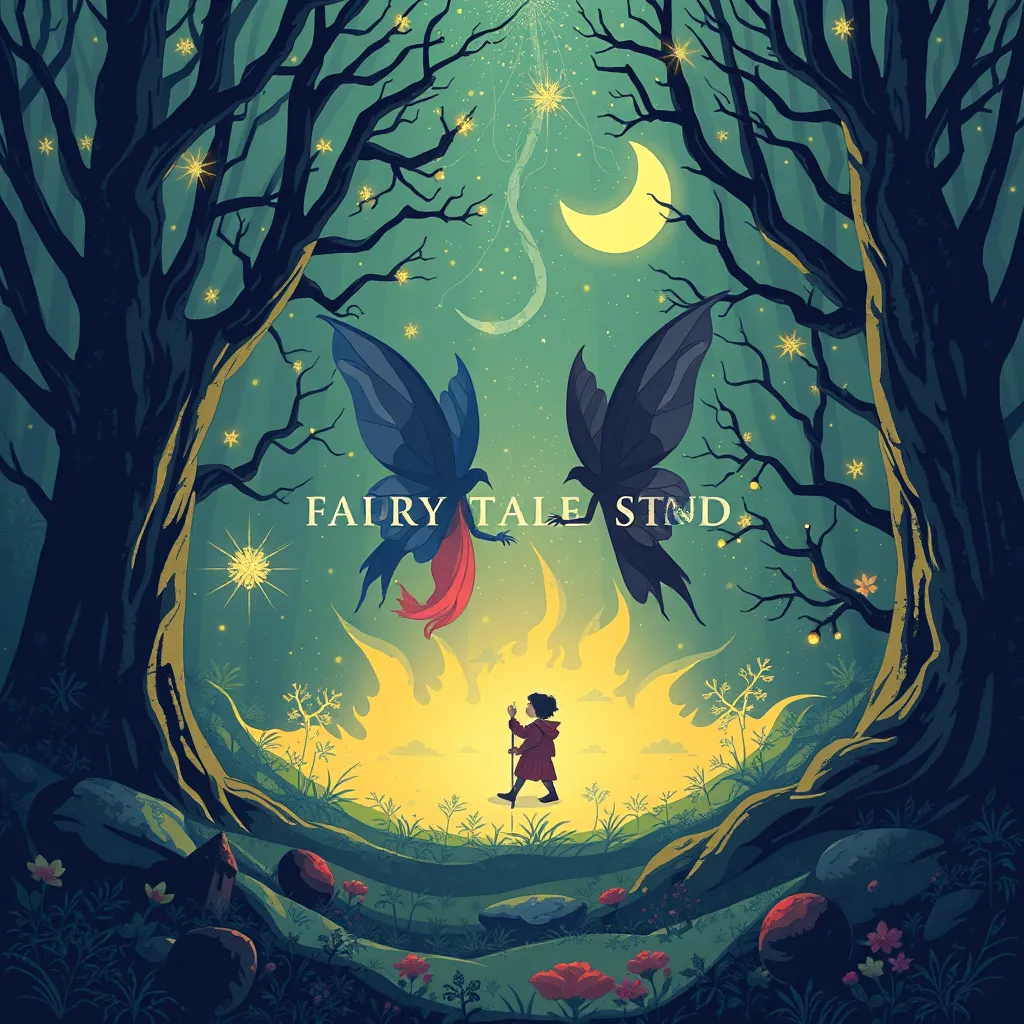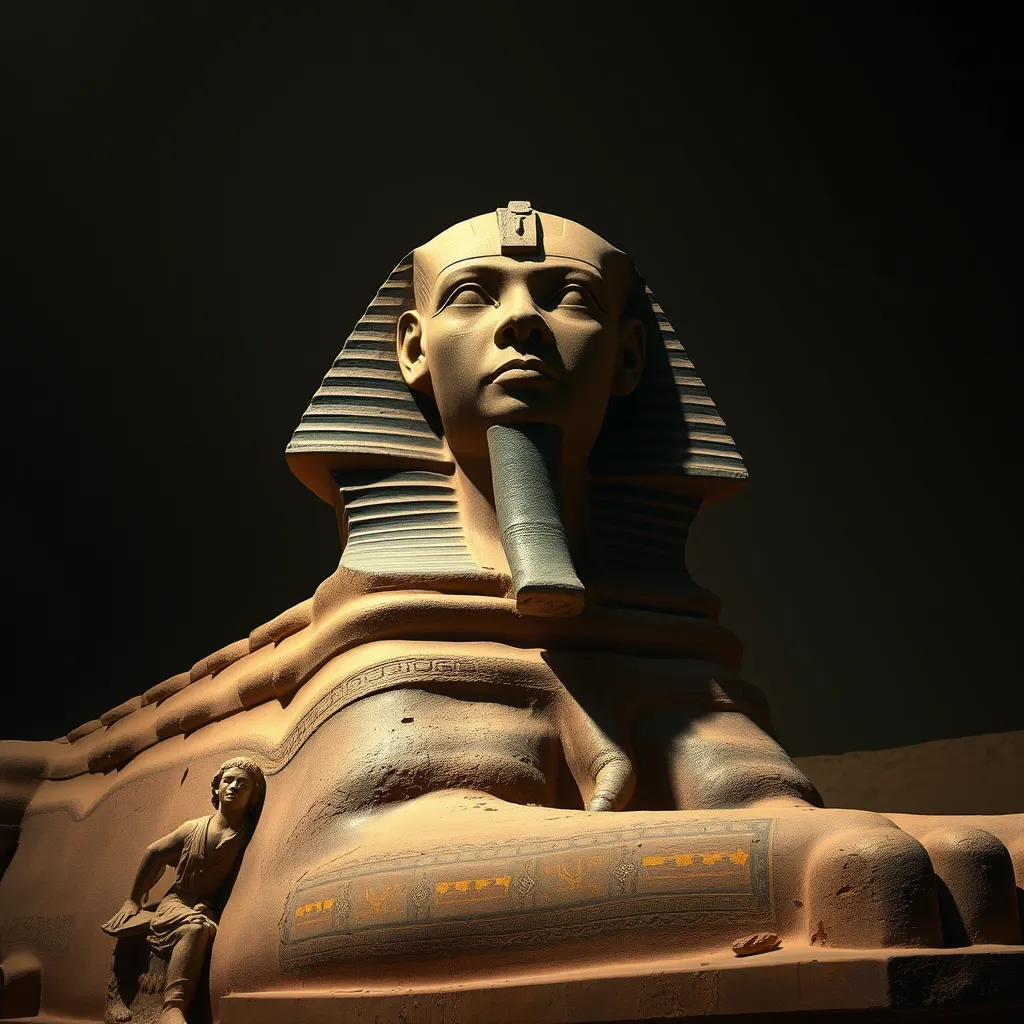Fairy Tales and Folklore: Exploring the Magic of Storytelling
I. Introduction
Fairy tales and folklore are rich narratives that have captivated audiences for centuries. They encompass a wide range of stories that often include magical elements, moral lessons, and unforgettable characters. While fairy tales typically feature fantastical elements, folklore represents the traditions and beliefs of a culture passed down through generations.
The importance of storytelling in culture and society cannot be overstated. Stories serve as a vehicle for communication, education, and cultural preservation. They allow us to explore complex themes, understand human experiences, and connect with our heritage. This article will delve into the enchanting world of fairy tales and folklore, exploring their origins, themes, notable stories, and their impact on modern culture.
II. The Origins of Fairy Tales and Folklore
The origins of fairy tales and folklore can be traced back to ancient civilizations. Historically, these stories were shared orally, evolving over time through the retelling and reinterpretation by different cultures. The transition from oral traditions to written tales began in the Middle Ages, when storytellers started to document these narratives.
Oral traditions played a significant role in the preservation of these stories before they were transcribed. They varied greatly across regions, influenced by local customs, beliefs, and social structures. Each culture added its unique flair to the tales, resulting in a rich tapestry of narratives that reflect the values and norms of their societies.
III. Key Themes and Motifs in Fairy Tales
Fairy tales often explore universal themes that resonate with audiences of all ages. Some of the most common themes include:
- Good vs. Evil: Many stories depict the battle between virtuous characters and malevolent forces, illustrating the struggle for justice.
- Transformation: Characters frequently undergo significant changes, whether physical, emotional, or spiritual, symbolizing growth and development.
- Quest: Many protagonists embark on journeys to achieve a goal, facing challenges that test their courage and resolve.
Symbolism and moral lessons are central to these narratives. They often convey powerful messages about kindness, bravery, and the consequences of one’s actions. Archetypes, such as the hero, the mentor, and the trickster, play crucial roles in storytelling, providing recognizable patterns that guide the narrative structure.
IV. Notable Fairy Tales and Folklore from Around the World
Fairy tales and folklore are found worldwide, each culture contributing its unique stories. Here are some notable examples:
A. European classics
European fairy tales have a significant impact on global storytelling. Some classics include:
- Cinderella: A tale of resilience and transformation, where a young woman rises from hardship to happiness.
- Snow White: A story of envy, beauty, and the triumph of good over evil.
- Little Red Riding Hood: A cautionary tale about the dangers of naivety and the importance of listening to one’s instincts.
B. Asian folklore
Asian folklore is rich with stories that often feature moral lessons. Examples include:
- The Tale of the Bamboo Cutter: A Japanese story about a mysterious girl from the moon who brings joy and sorrow to her adoptive parents.
- The Monkey King: A Chinese tale filled with adventure, humor, and lessons about loyalty and perseverance.
C. Indigenous stories
Indigenous cultures have a wealth of stories that reflect their values and beliefs:
- Lessons from Native American tales: These stories often emphasize harmony with nature and respect for all living things.
- Aboriginal tales: Rich in symbolism, they convey the Dreamtime stories that explain the creation of the world and the interconnectedness of all beings.
V. The Role of Characters in Fairy Tales
Characters are the heart of fairy tales, driving the narrative forward. The dynamics between protagonists and antagonists shape the story’s conflict:
A. Protagonists and antagonists: Heroes and villains
Heroes often embody virtues such as bravery, kindness, and resilience, while villains represent greed, jealousy, and malice. This dichotomy helps convey moral lessons.
B. The significance of magical beings and animals
Magical beings and talking animals frequently appear in fairy tales, serving as guides, mentors, or sources of conflict. They enrich the narrative and add layers of meaning.
C. The evolution of character representation over time
Over the years, character representations have evolved, reflecting changing societal values and norms. Contemporary retellings often seek to provide more nuanced and diverse portrayals of characters.
VI. The Impact of Fairy Tales on Modern Culture
Fairy tales have a profound influence on contemporary culture, evident in various forms of media:
A. Adaptations in literature, film, and popular media
Modern adaptations of fairy tales in films, books, and television shows have introduced these stories to new generations. Disney’s animated classics have redefined the way we perceive these narratives.
B. Influence on contemporary storytelling and psychologies
Fairy tales continue to inspire writers and psychologists, influencing narrative structures and character development in literature and film.
C. The resurgence of fairy tales in modern storytelling
There is a growing interest in retelling and reimagining fairy tales, reflecting contemporary themes such as empowerment and identity. This resurgence demonstrates the timeless appeal of these narratives.
VII. The Educational Value of Fairy Tales and Folklore
Fairy tales and folklore serve as valuable educational tools:
A. Lessons in morality and ethics
These stories often impart moral lessons that encourage ethical behavior and critical thinking in children and adults alike.
B. Promoting creativity and imagination in children
Engaging with fairy tales fosters creativity, encouraging children to dream and explore their imaginations.
C. The role of storytelling in preserving cultural heritage
Storytelling is vital for preserving cultural heritage. Fairy tales and folklore keep traditions alive, allowing future generations to connect with their roots.
VIII. Conclusion
The magic of storytelling through fairy tales and folklore transcends time and culture. These narratives not only entertain but also educate, inspire, and preserve the essence of humanity. As we navigate the complexities of modern life, the enduring relevance of these stories reminds us of the universal truths we share. We encourage readers to explore and share their personal and cultural tales, for in doing so, we keep the magic of storytelling alive.




